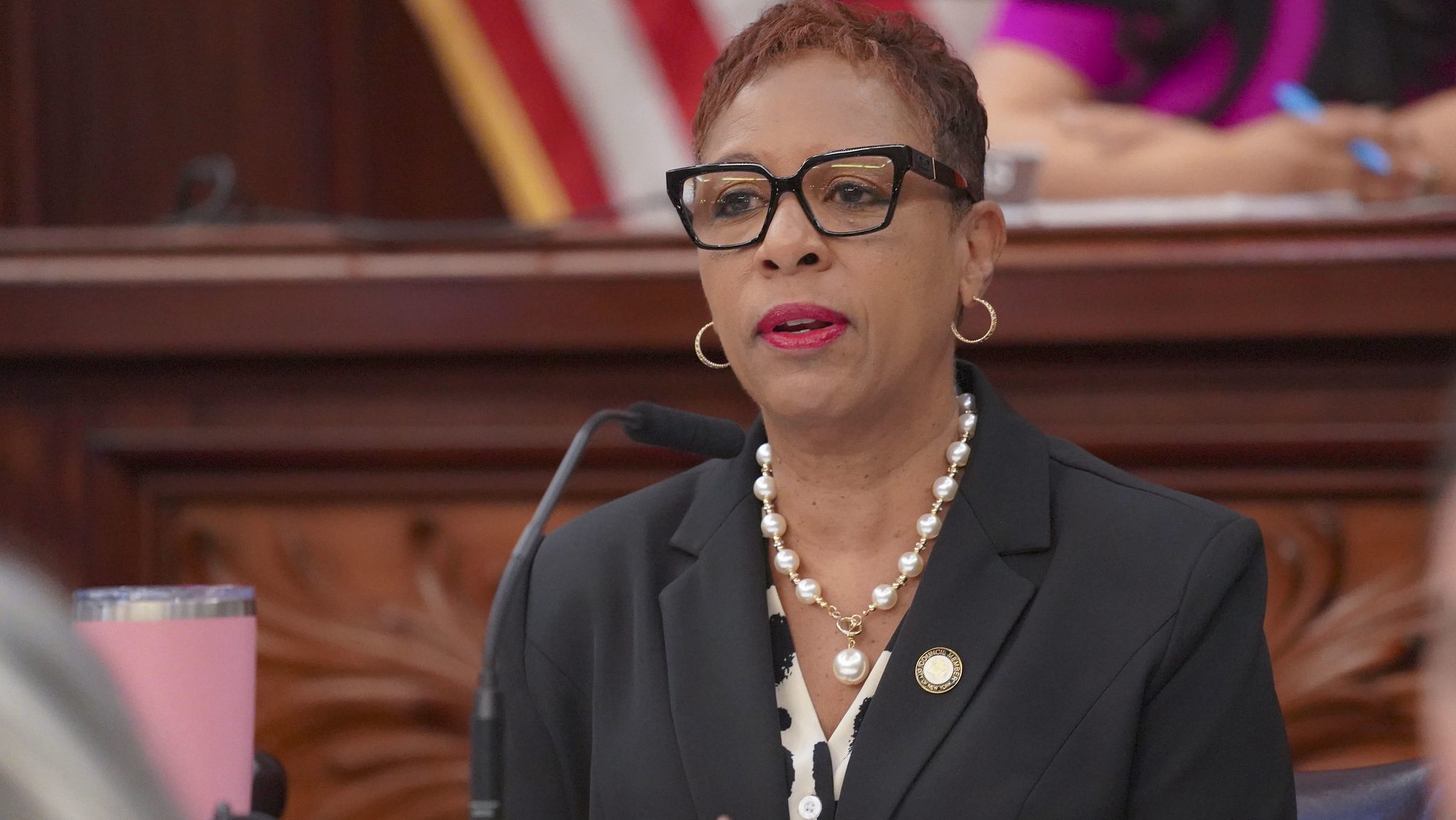 Commuter vans, like this one in Sunset Park, could become a more common sight on New York's streets. Image: The Brooklyn Ink.
Commuter vans, like this one in Sunset Park, could become a more common sight on New York's streets. Image: The Brooklyn Ink.On Tuesday, Mayor Bloomberg announced a new pilot program to provide livery van service for transit-starved neighborhoods in Brooklyn and Queens, a proposal stemming from his 2009 campaign transit platform. The push to provide more mobility options in the wake of MTA service cuts is to be applauded, as is the administration's willingness to experiment with something new. But the jury is still out on this one. In particular, how livery vans will be integrated with the transit system remains a big question mark.
To clarify what's in the works, livery vans are going to be a completely new service, not an expansion of the existing commuter van program. Currently-licensed commuter vans operate within specific geographic areas, but lack defined routes, according to a spokesperson for the Taxi and Limousine Commission. Livery vans, in contrast, would travel between fixed pick-up and drop-off spots, though drivers would be able to take any route they choose between them. Drivers would also be allowed to drop off passengers at locations of their choice, he said, not just at fixed stops.
The fares are likely to be $2, with longer rides costing up to $4, according to media reports, and there won't be free transfers to MTA subways and buses. "The issue here is not whether it’s more expensive or less expensive; it’s whether the service exists or not," said Bloomberg at Tuesday's press conference.
Transit advocates expressed guarded praise for the plan, noting that a detailed proposal was still forthcoming. "Providing new options like this is part of providing for a car-free lifestyle," said Transportation Alternatives' Noah Budnick. The Straphangers Campaign's Gene Russianoff also believed that livery vans could help improve mobility for New Yorkers, if implemented appropriately.
In order to make the livery van pilot successful, it's being accompanied by a major enforcement push. The TLC will target unlicensed vans, unlicensed drivers, and licensed vehicles working outside the the bounds of authorized activities, said the agency spokesperson. The idea is that illegal vans, not subject to safety and insurance requirements, would undercut the more tightly regulated livery service.
But from there, the picture becomes less clear. One big unknown is exactly where these livery vans will run. The stops will be set in the next few weeks, according to the TLC, and the mayor promised to put the routes in areas affected by MTA bus cuts. But just how the stops connect with buses and trains will determine how much livery cab service will complement transit, and how much it will substitute for it.
The relationship between transit and livery cabs grows even more muddled. We asked the TLC what would happen to these routes if the MTA ever restores bus service to these areas and were told "this program is not tied to any actions the MTA has taken or will take in the future." Decisions to discontinue or expand the service, said the TLC spokesperson, would be made based on livery industry capacity and public appetite for the service. That suggests a very different relationship with service cuts than the mayor suggested.
The presence of Deputy Mayor Stephen Goldsmith at Tuesday's announcement adds an extra resonance to the question of whether livery vans would replace, rather than augment, MTA service. As mayor of Indianapolis, Goldsmith's major transit initiative was a plan to privatize city buses.
Another key question: Though it's billed as a one-year pilot, according to the TLC, the metrics for success are still under development. In other words, we don't yet know what the program's goals are, or what it's ultimate purpose is.
Finding innovative new ways to bring car-free mobility to transit-poor neighborhoods, particularly in a time of austerity, is a good thing, and in the short-term that's all this plan is about. But where it is headed in the long run, how it fits into a larger transportation vision, remains completely and problematically opaque.





